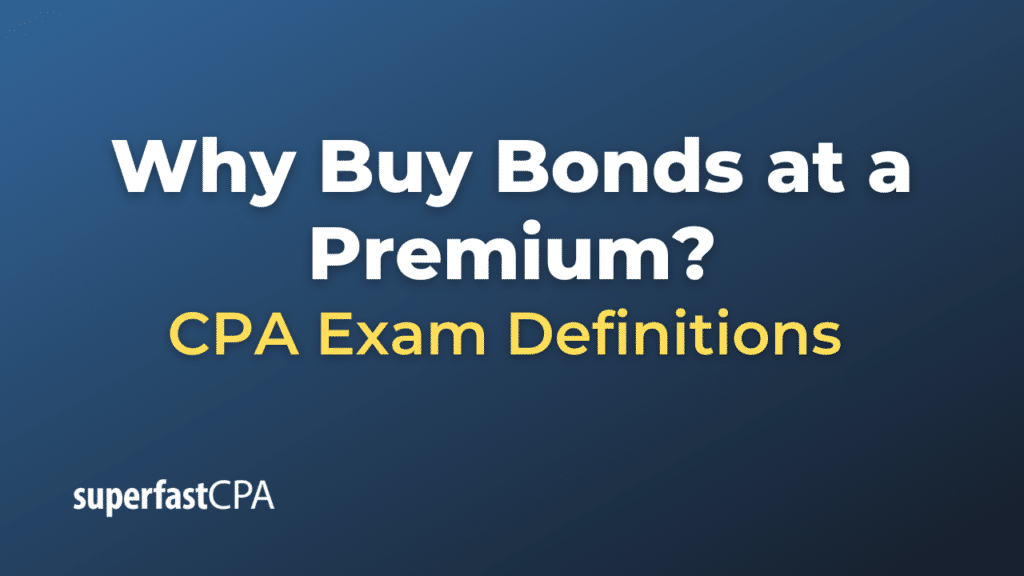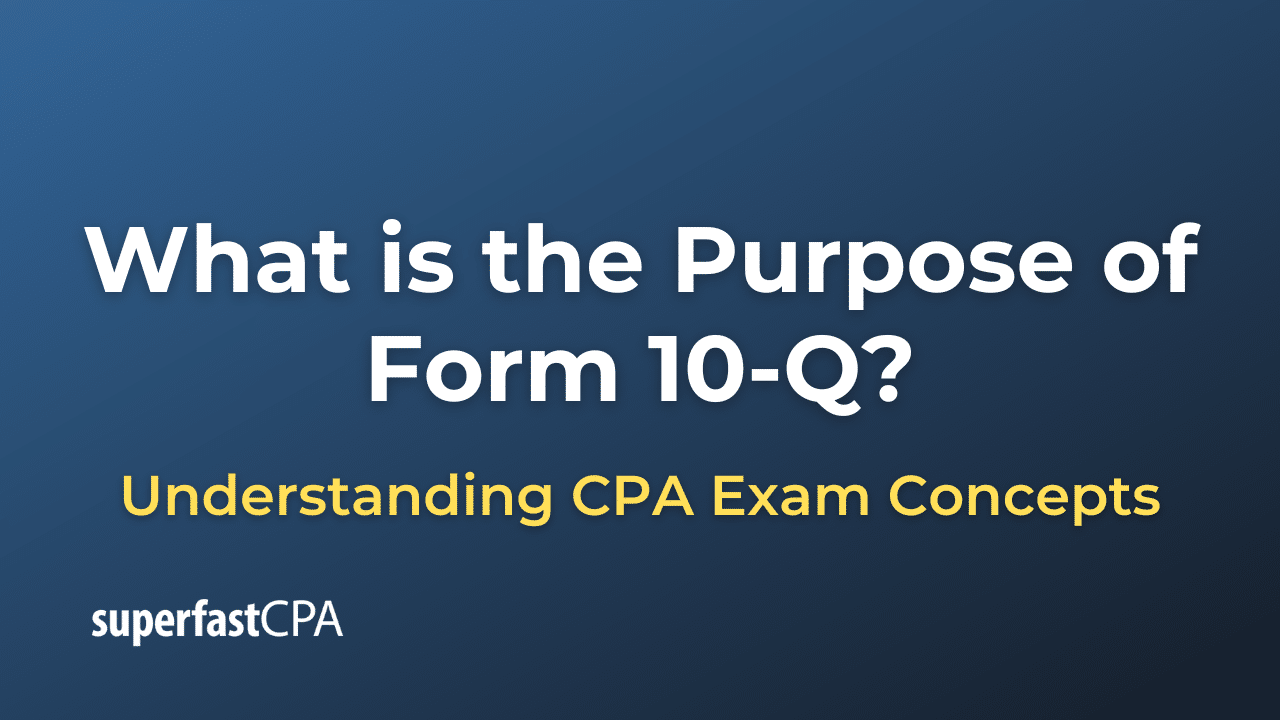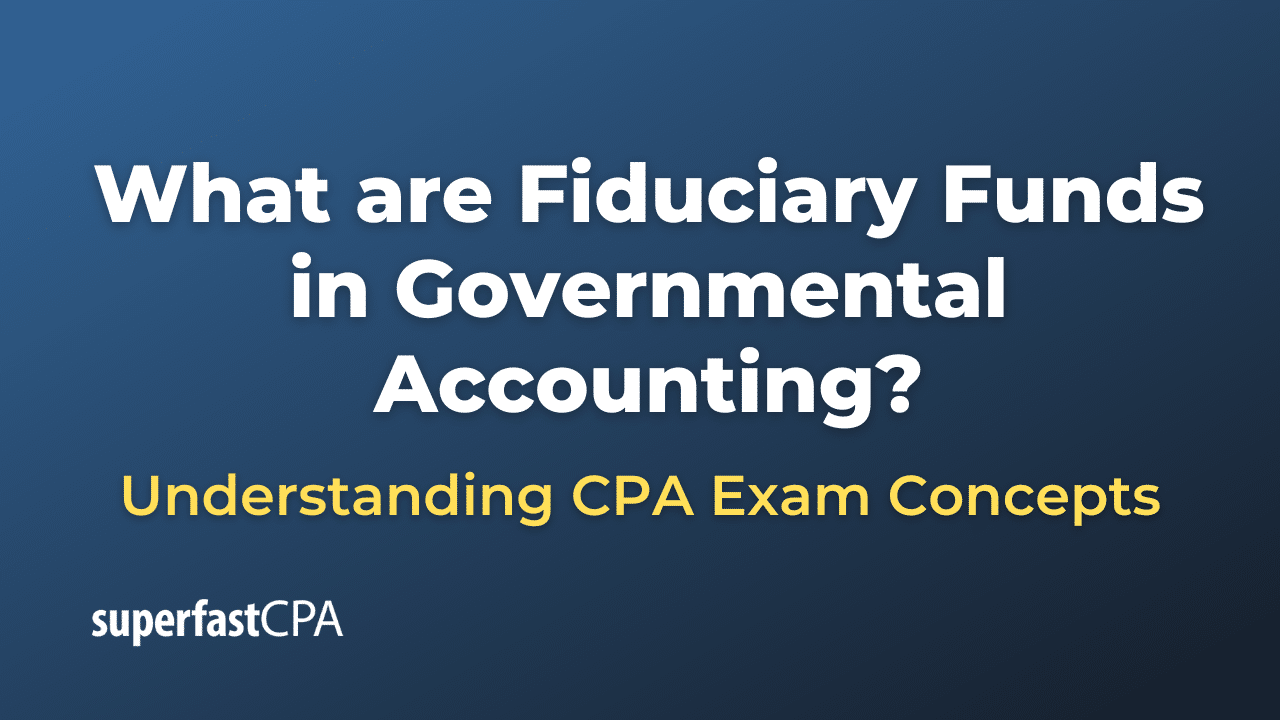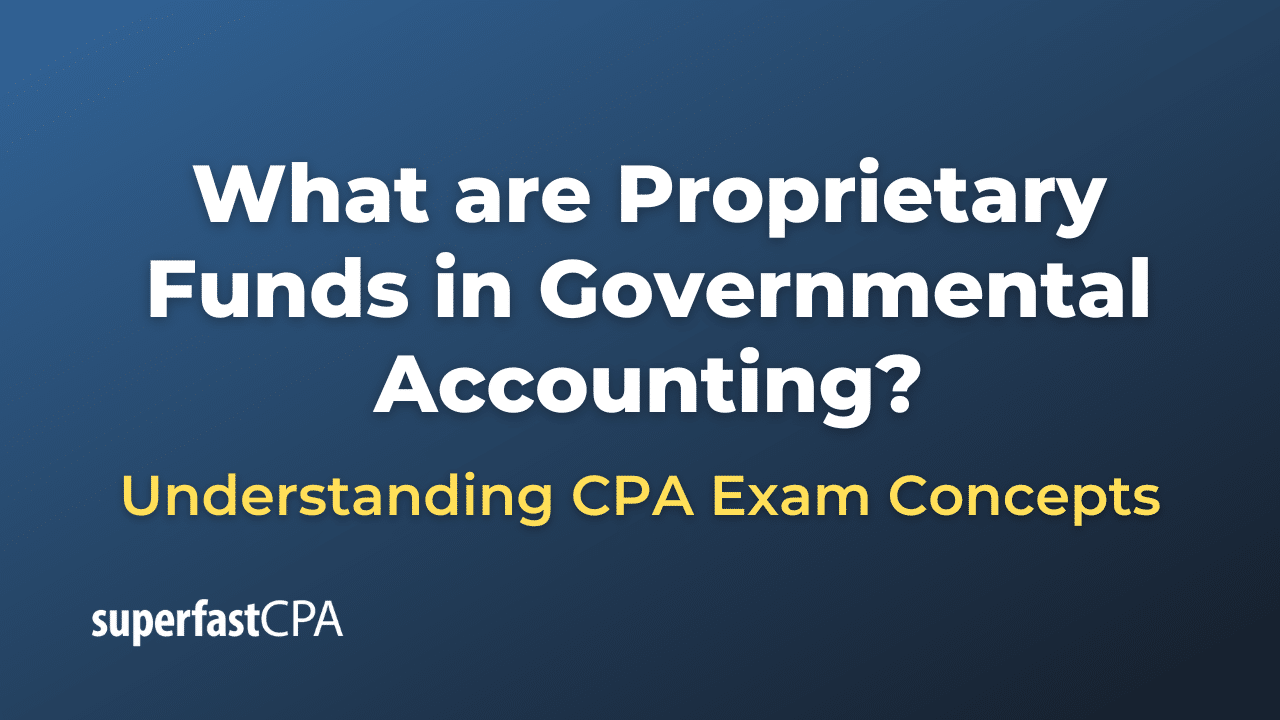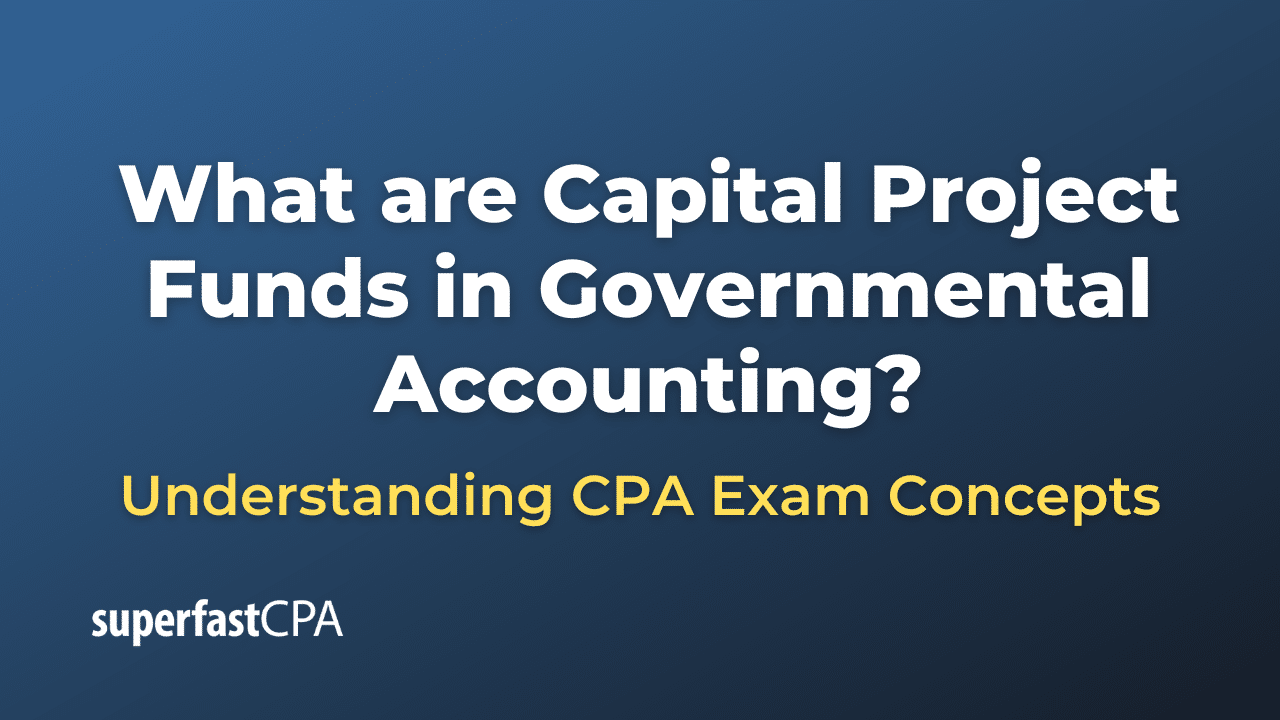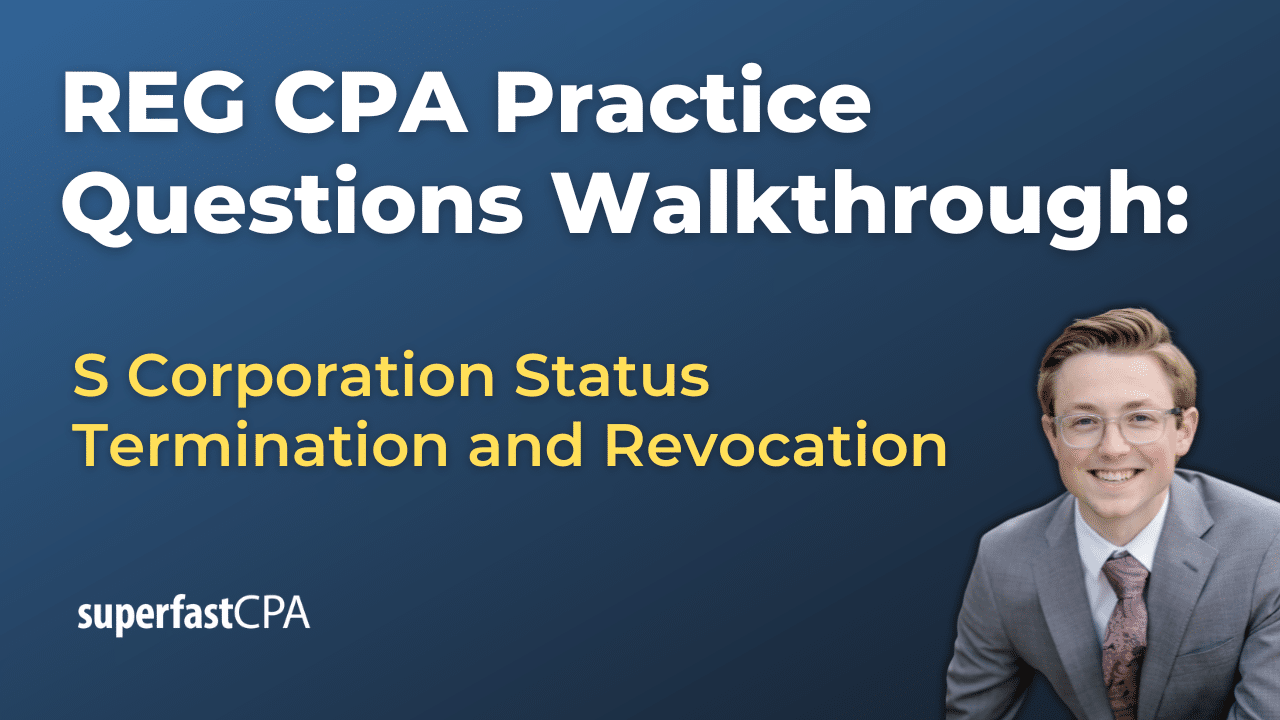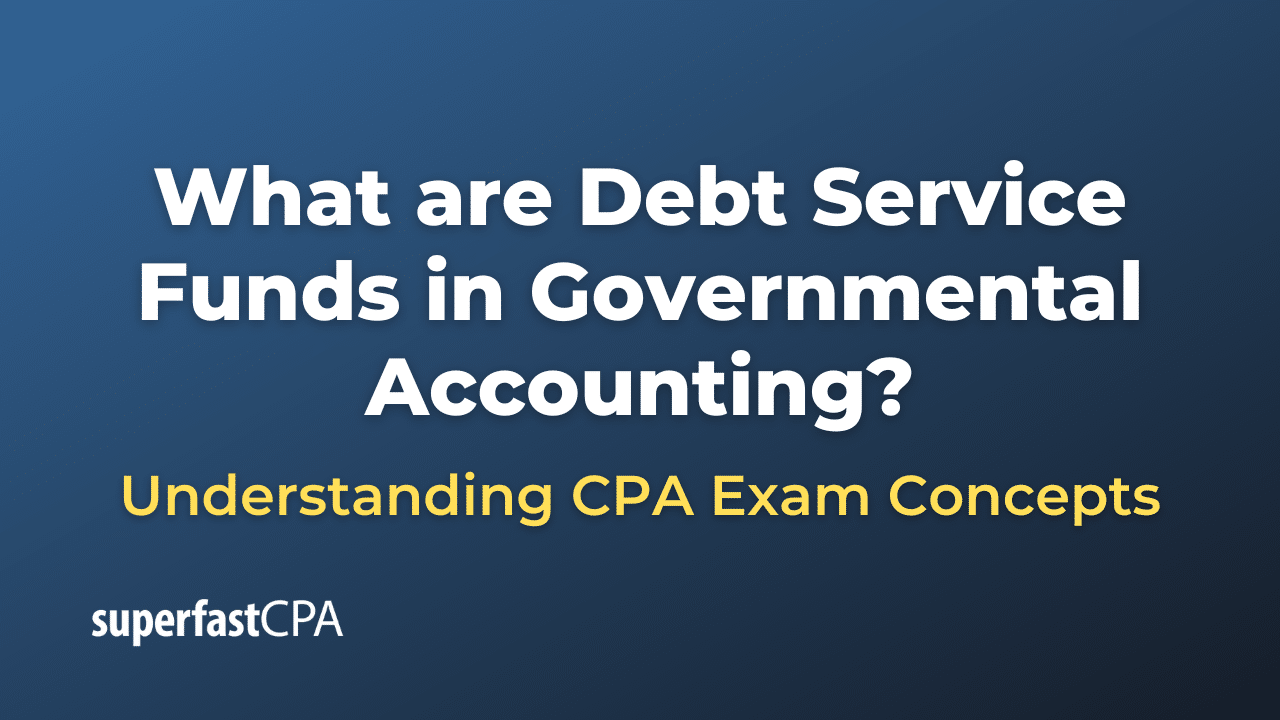Why Buy Bonds at a Premium
Buying bonds at a premium means paying more than the bond’s face value. At first glance, it might seem counterintuitive to pay more for a bond than its face value, but there are several reasons why an investor might choose to buy bonds at a premium:
Lower Interest Rate Risk:
Bonds with coupon rates higher than the current market interest rate usually trade at a premium. If interest rates rise in the future, the price of these bonds may not fall as much as bonds purchased at par or a discount.
Income Stability:
Bonds that trade at a premium often offer higher coupon payments compared to newer issues at current interest rates. For investors looking for stable income, these higher coupon payments can be attractive, even if the bonds cost more initially.
Lower Reinvestment Risk:
The higher coupon payments from premium bonds could be beneficial when interest rates are falling. Investors can reinvest the higher income at better rates compared to lower-yielding bonds purchased at par or a discount.
Tax Benefits:
For some investors, buying municipal or corporate bonds at a premium could offer potential tax benefits, depending on the jurisdiction and type of bond.
Portfolio Diversification:
Investors might buy bonds at a premium as part of a broader investment strategy for portfolio diversification, often alongside bonds purchased at a discount or at par.
Market Conditions:
Sometimes, market conditions and lack of supply for high-quality, high-coupon bonds may necessitate buying bonds at a premium for investors looking to allocate a portion of their portfolio to fixed income.
Predictable Decline:
While premium bonds do experience amortization of the premium over time, this decline is predictable and can be planned for, as opposed to the potential for more volatile price swings with bonds purchased at par or a discount.
Example of Why Buy Bonds at a Premium
Let’s go through a detailed example to illustrate why an investor might buy bonds at a premium.
Situation:
Let’s assume there are two bonds available for investment:
- Bond A: A newly issued bond with a face value of $1,000, a coupon rate of 2%, and a maturity of 10 years.
- Bond B: An existing bond in the secondary market with a face value of $1,000, a coupon rate of 4%, and the same maturity of 10 years. However, because its coupon rate is higher than the current market rate, it is trading at a premium, priced at $1,100.
Now, you have $1,100 to invest and are deciding between these two options.
Investment in Bond A (At Par):
- Investment Amount: $1,000
- Annual Coupon Payment: $1,000 \times 0.02 = $20
- Yield to Maturity (YTM): Approximately 2%
Investment in Bond B (At a Premium):
- Investment Amount: $1,100
- Annual Coupon Payment: $1,000 \times 0.04 = $40
- Yield to Maturity (YTM): Will be less than 4% due to the premium but higher than the 2% YTM of Bond A. Let’s assume it’s around 3.5%.
Reasons to Consider Bond B:
- Higher Income: Bond B offers an annual income of $40 compared to $20 from Bond A.
- Lower Interest Rate Risk: If interest rates rise, the price of Bond A could decline more than that of Bond B because Bond B already has a higher coupon rate.
- Reduced Reinvestment Risk: You’ll be receiving higher coupon payments from Bond B, giving you more money to reinvest, potentially at higher rates if interest rates rise.
- Portfolio Diversification: Buying Bond B can offer different characteristics that might suit your overall portfolio strategy.
Trade-offs:
- Higher Initial Investment: You pay $1,100 for Bond B instead of $1,000 for Bond A.
- Lower YTM: The YTM for Bond B will be lower than the coupon rate because you paid a premium. However, it’s still higher than the YTM for Bond A.
Conclusion:
If your goal is to have higher annual income and you’re less concerned about the lower YTM, then Bond B might be the better option despite its premium price.
Remember that each investor’s situation is different, and what may be right for one investor might not be suitable for another. Always consider your financial objectives, risk tolerance, and investment timeline when making such decisions.

